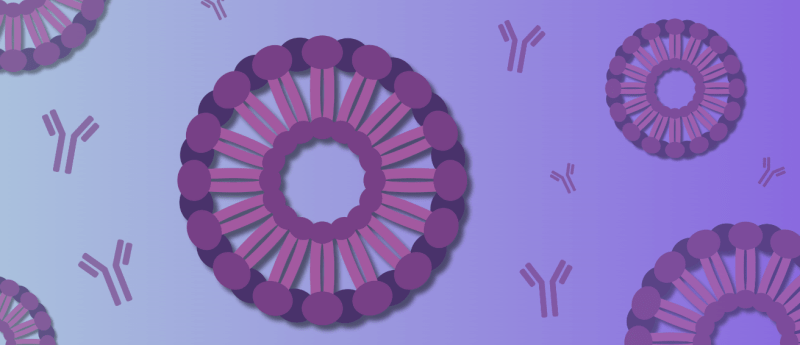2 minutes with: Chalet Tan on the optimization of liposomes for drug delivery

 Chalet Tan is a professor in the Department of Pharmaceutical Sciences at the University of Tennessee Health Science Center (TN, USA). Her lab focuses on targeted drug delivery, specifically biologics, and the use of liposomes to do this, particularly inhalable liposomes.
Chalet Tan is a professor in the Department of Pharmaceutical Sciences at the University of Tennessee Health Science Center (TN, USA). Her lab focuses on targeted drug delivery, specifically biologics, and the use of liposomes to do this, particularly inhalable liposomes.
In this interview from the meeting of the American Association for Cancer Research (AACR; 5th–10th April 2024; San Diego, CA, USA), Chalet discusses her work optimizing liposomes for biologics delivery, designing liposomes that are compatible with the lungs and her tips for people working in the field.
How do you optimize liposomes?
There are a few steps. For the formulation, it’s important that you have a good loading and that whatever you load is very stable in liposomes. Then you characterize your liposomes, documenting their size, stability and overall physical and chemical properties. We then carry out in vivo studies to figure out how to direct these liposomes to the lungs of mice. We often collect blood to see how much of the payload is absorbed into the systemic circulation, because we are interested in pulmonary delivery for systemic absorption.
What assays do you use to quantify the payload in the blood?
A lot of the time we use ELISAs. Sometimes we also label our biologics with a fluorescence tag, like near-infrared molecules, and then use fluorescence measurements.
What are some exciting new developments in liposome delivery?
Liposomes are not new; they have been used in the clinic for many decades. But we’ve been trying to design these special types of liposomes that are compatible with the lungs and can be absorbed through the lung epithelium into systemic circulation. It is very challenging.
How are you trying to make them compatible with diffusion through the lung epithelium?
Great question because the lung is covered with pulmonary surfactants, and these surfactants are made of phospholipids. We choose phospholipids that are very similar to the endogenous surfactants when preparing our liposomes. That makes the liposome formulation biocompatible with the lung.
Do you have any tips for people using similar techniques to you or working in drug and liposome delivery?
Really understand your problem. It’s easy to get into repetitive work with models or techniques you are familiar with, or some formulations you have already established. But I think it’s important to really identify the problem. Sometimes, old formulations like liposomes provide new opportunities to discover new things. Use a critical mindset to avoid settling in something mundane and repetitive, and always look for the key point and how to solve that problem.
If you could make one wish to improve the delivery of biologics, what would it be?
I wish there was a machine that you could load your reagents into, and it would tell you everything about it: what it is, what it does and its mechanism of action. Like an encyclopedia of biologics.